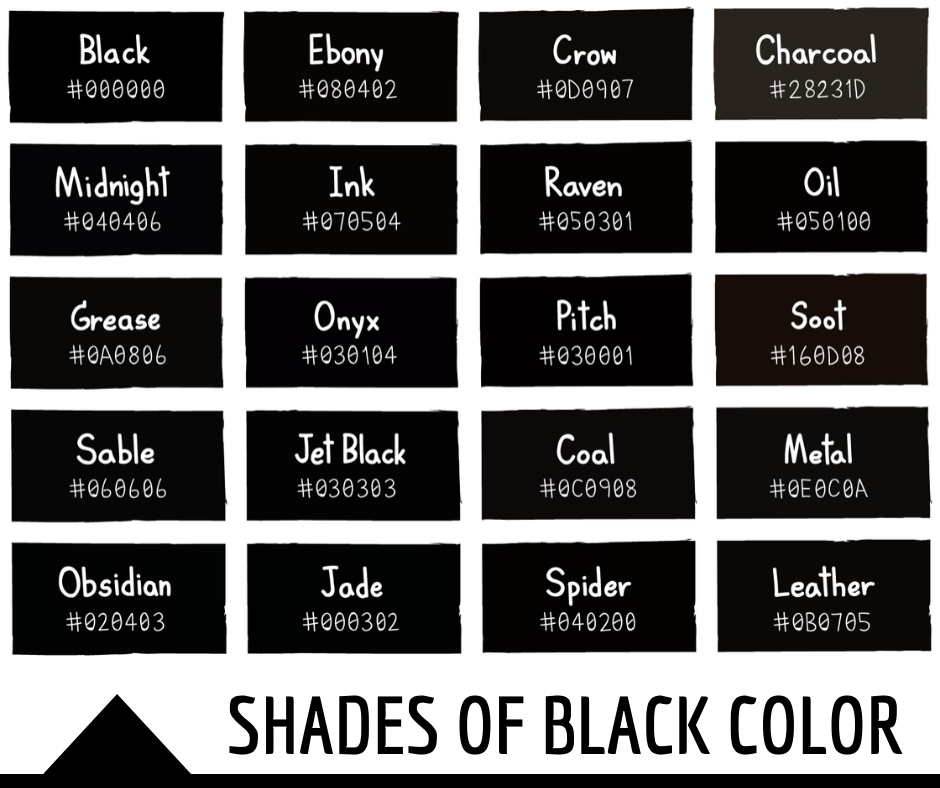The discovery of Elizabeth Short's body in Los Angeles back in 1947 sent shockwaves through the whole city, really. People talked about it everywhere, and the news spread like wildfire. It was a very unsettling find, a young woman's body cut in half, left out in a vacant lot. This event, you know, grabbed everyone's attention and held it tight. The details were just so disturbing, making it hard for anyone to forget what happened.
This particular crime, so, became one of the most famous unsolved cases in American history. It sparked a huge search for answers, with police working hard to figure things out. People across the country followed every little bit of news, hoping for a breakthrough. The case of Elizabeth Short, often called the Black Dahlia, has, in a way, stayed in the minds of many for generations. It’s a story that still gets people talking, wondering what really took place.
A big part of this lasting mystery, I mean, comes from the medical examination of her body. This detailed look at the remains, what we call an autopsy, played a central role in the initial police efforts. It was meant to give them clues, to show them how she died and maybe who did it. We're going to explore some of the things that came out of that examination, trying to shed a little light on what was found and why it mattered so much in the ongoing search for justice, even all these years later, kind of.
- May 4 Zodiac Sign
- Sean And Birgen Hartman Today
- Megan Thee Stallion Height
- Kelly Osbourne
- Border Collie Brown
Table of Contents
- Elizabeth Short - Her Life Before the Tragedy
- Personal Details of Elizabeth Short
- What Was Found - The Initial Scene?
- First Observations at the Black Dahlia Autopsy Site
- How Did They Conduct the Black Dahlia Autopsy?
- Inside the Medical Examination of the Black Dahlia Autopsy
- What Did the Black Dahlia Autopsy Reveal About the Crime?
- Key Insights from the Black Dahlia Autopsy Findings
- Who Were the Suspects After the Black Dahlia Autopsy?
Elizabeth Short - Her Life Before the Tragedy
Before she became known as the Black Dahlia, Elizabeth Short was just a young woman with dreams, like many others. She was born in Massachusetts, and her family had some tough times, as a matter of fact. She moved around quite a bit, trying to find her way. She had a desire to be in movies, which brought her to sunny California, you know. She spent time in different places, working small jobs here and there, trying to get by. She was, in some respects, looking for something better, a new start in a big city.
She was known for her striking looks, with dark hair and a very fair complexion. People who met her often remembered her for her beauty, honestly. She made friends easily, or so it seemed, and moved within circles of people connected to the entertainment world. Her days in Los Angeles were, kind of, filled with hopes of making it big, of finding that one chance that would change everything. She was, quite simply, living a life that many young people dreamed of, even if it was a bit unstable.
Her story before the crime is important because it shows her as a person, not just a victim. She had a past, a family, and aspirations. Knowing a little about her life helps us, perhaps, see the human side of this tragic tale. It reminds us that behind the headlines and the mystery, there was a young woman who was trying to build a life for herself, just like anyone else, really. She was, you know, just starting out, in a way, when everything changed.
Personal Details of Elizabeth Short
| Full Name | Elizabeth Ann Short |
| Born | July 29, 1924 |
| Birthplace | Boston, Massachusetts, USA |
| Died | January 15, 1947 |
| Age at Death | 22 years old |
| Known For | Victim in unsolved murder case |
| Nickname | The Black Dahlia |
What Was Found - The Initial Scene?
The morning of January 15, 1947, brought a truly shocking sight to a mother walking with her child in a vacant area of Los Angeles. They came across a body, and it was, honestly, something no one should ever have to see. The young woman’s body was cut into two pieces, separated at the waist. It was a very clean division, almost like a medical procedure, but done in a very violent way. The body had been placed in a very deliberate manner, too, almost posed, you know, which made it even more unsettling for those who found it.
The scene itself offered little in the way of immediate clues, apparently. There was no blood on the ground, which told investigators that the killing had happened somewhere else. This detail, actually, was one of the first things that made the case so puzzling. It meant the crime scene was not where the body was found. The person responsible had, in a way, gone to great lengths to make the discovery as impactful as possible, and to hide the actual place where the terrible act took place, basically.
The body was, sort of, left in a very public spot, yet it took some time for it to be noticed. This combination of a public display and a hidden crime location added layers of mystery to the case right from the start. The way the body was treated suggested a level of skill, or perhaps a particular kind of rage, that was, you know, very hard for police to make sense of at first. It set the stage for a very long and difficult search for answers, really.
First Observations at the Black Dahlia Autopsy Site
When the police arrived at the location where Elizabeth Short’s body was found, they saw a scene that was, quite frankly, unlike anything they had encountered before. The body lay face up, completely bare. Her mouth had been cut from ear to ear, creating a very wide, fixed smile, which is that, just, very famous detail of the case. Her arms were raised over her head, and her legs were spread apart. This arrangement of the body, you know, seemed intentional, meant to send a message of some kind.
The lack of blood at the scene was a very big clue, or rather, the absence of a clue, in a way. It told the people working the case that the act did not happen there. The body had been washed clean, too, which made it even harder to find immediate physical evidence. The person who did this had, apparently, taken steps to erase traces, making the black dahlia autopsy process that much more important for finding any kind of lead, basically.
The area itself was, more or less, an open field, not far from some homes, but still a place where a body could be left without being seen right away. The sun was out, and the discovery was made in broad daylight, which adds another strange layer to the whole thing. The initial observations at the black dahlia autopsy site, you know, painted a picture of a very cold and calculated act, leaving investigators with a lot of questions and very few easy answers, actually.
How Did They Conduct the Black Dahlia Autopsy?
The medical examination of Elizabeth Short's body was a very careful and thorough process. Dr. Frederick Newbarr, the chief medical examiner for Los Angeles County at the time, led the work. His job was to figure out how she died and to gather any physical details that could help the police. This kind of examination, you know, involves looking at every part of the body, both inside and out, to find clues. It's a very detailed kind of work, requiring a lot of patience and skill, really.
The team took many pictures and made very detailed notes about everything they saw. They looked for marks on the skin, any signs of struggle, and the nature of the injuries. The way the body was cut, for example, was a very important part of their study. They needed to see if it was done by someone with medical knowledge, or just someone using a very sharp tool. This part of the black dahlia autopsy was, quite frankly, central to understanding the manner of death, in a way.
They also looked for any substances in her body, like drugs or alcohol, and examined her internal organs. Every little bit of information could, perhaps, provide a piece of the puzzle. The goal was to build a full picture of what happened to her, from the moments leading up to her death to the way her body was left. The black dahlia autopsy was, you know, a critical step in the investigation, giving the police a foundation to work from, basically, as they tried to find the person responsible.
Inside the Medical Examination of the Black Dahlia Autopsy
During the medical examination, the experts paid very close attention to the way Elizabeth Short's body was cut. The division at the waist was, apparently, done with great precision, almost surgically. This suggested that the person who did it had some knowledge of human anatomy, or at least a very steady hand. The cut went all the way around her middle, completely separating her upper body from her lower body. This was, you know, a very shocking finding, and a key part of the black dahlia autopsy report.
They also looked at the cuts on her face. The corners of her mouth were sliced, extending towards her ears, making that very distinct, wide smile. This kind of injury is often called a "Glasgow smile" or "Chelsea grin." It was, in some respects, a very personal and cruel act, adding to the horror of the case. The medical team examined these cuts very carefully, trying to understand what kind of tool was used and the force involved, too.
Other injuries were noted during the black dahlia autopsy as well. There were marks on her wrists and ankles, which suggested she might have been tied up. Her skull showed some bruising, indicating blows to the head. These findings, actually, helped the investigators piece together a timeline of what might have happened before she died. They suggested a period of struggle or restraint, which was, you know, a very important detail for the police to consider, really, as they looked for the person who did this.
What Did the Black Dahlia Autopsy Reveal About the Crime?
The black dahlia autopsy showed that Elizabeth Short had died from bleeding out, caused by the severe cuts to her face and the major cut to her body. The medical team also found that she had been hit on the head, which probably made her unconscious before the other acts happened. This detail was very important because it suggested she was not awake or able to fight back during the most brutal parts of the attack. It was, you know, a very clear sign of how the crime unfolded, in a way.
The examination also confirmed that the body had been drained of blood and washed clean after death. This was why there was no blood at the discovery site. This suggested a very cold and careful person, someone who took the time to clean up and hide evidence. It meant the killer was not, perhaps, in a panic, but rather very deliberate in their actions. This aspect of the black dahlia autopsy, basically, made the search for the killer even harder, as many traces had been removed.
The findings also pointed to the fact that she had been dead for a few days before her body was found. The exact time of death was hard to pinpoint, but they could tell it wasn't a recent event. This gave the police a window of time to investigate, but also meant that any immediate trails would be cold. The black dahlia autopsy, in short, gave the police a lot of information about the what and how, but very little about the who, which was, you know, the most frustrating part, really.
Key Insights from the Black Dahlia Autopsy Findings
One of the main things the black dahlia autopsy showed was the extreme level of violence used. The way her body was cut, and the cuts on her face, indicated a very personal and angry act. This was not, perhaps, a random act of violence, but something done with a lot of feeling behind it. The medical experts made it clear that the person who did this had a very strong desire to cause harm and to make a statement, in a way.
The fact that her body was drained of blood and cleaned suggested a person who knew how to handle a body, or at least had access to a place where such a thing could be done without being seen. This made some people think the killer might have been a doctor, or someone with medical training. This was, you know, a very common theory that came out of the black dahlia autopsy details. It was a detail that pointed to a very specific kind of person, or so it seemed.
<Related Resources:



Detail Author:
- Name : Judge Kuvalis
- Username : jodie54
- Email : vadams@gmail.com
- Birthdate : 1998-10-25
- Address : 56556 Raynor Points Hattiefurt, NV 88243
- Phone : 270.277.6299
- Company : Eichmann, Schmitt and Zulauf
- Job : Private Detective and Investigator
- Bio : Molestiae eligendi vel dolorem et voluptatem nesciunt numquam. Omnis culpa nisi eos voluptatibus quod hic non eos. Quas est non pariatur aliquam distinctio. Ut excepturi ducimus quasi praesentium.
Socials
tiktok:
- url : https://tiktok.com/@vonrueden1978
- username : vonrueden1978
- bio : Odit et voluptates et temporibus tempore quisquam hic.
- followers : 5691
- following : 1412
instagram:
- url : https://instagram.com/dayna.vonrueden
- username : dayna.vonrueden
- bio : Amet voluptates eligendi et libero. Optio odio inventore vel at in veniam est dolorem.
- followers : 3393
- following : 2414
facebook:
- url : https://facebook.com/vonruedend
- username : vonruedend
- bio : Recusandae ab sunt corrupti voluptatem perspiciatis quas cum.
- followers : 589
- following : 2782
linkedin:
- url : https://linkedin.com/in/dayna8135
- username : dayna8135
- bio : Aliquid molestias suscipit ut assumenda.
- followers : 1368
- following : 2214
twitter:
- url : https://twitter.com/dayna.vonrueden
- username : dayna.vonrueden
- bio : Saepe quis aut non sit exercitationem molestiae ad. Repellendus aut accusantium laboriosam optio. Fuga odit dignissimos ut.
- followers : 4905
- following : 2073